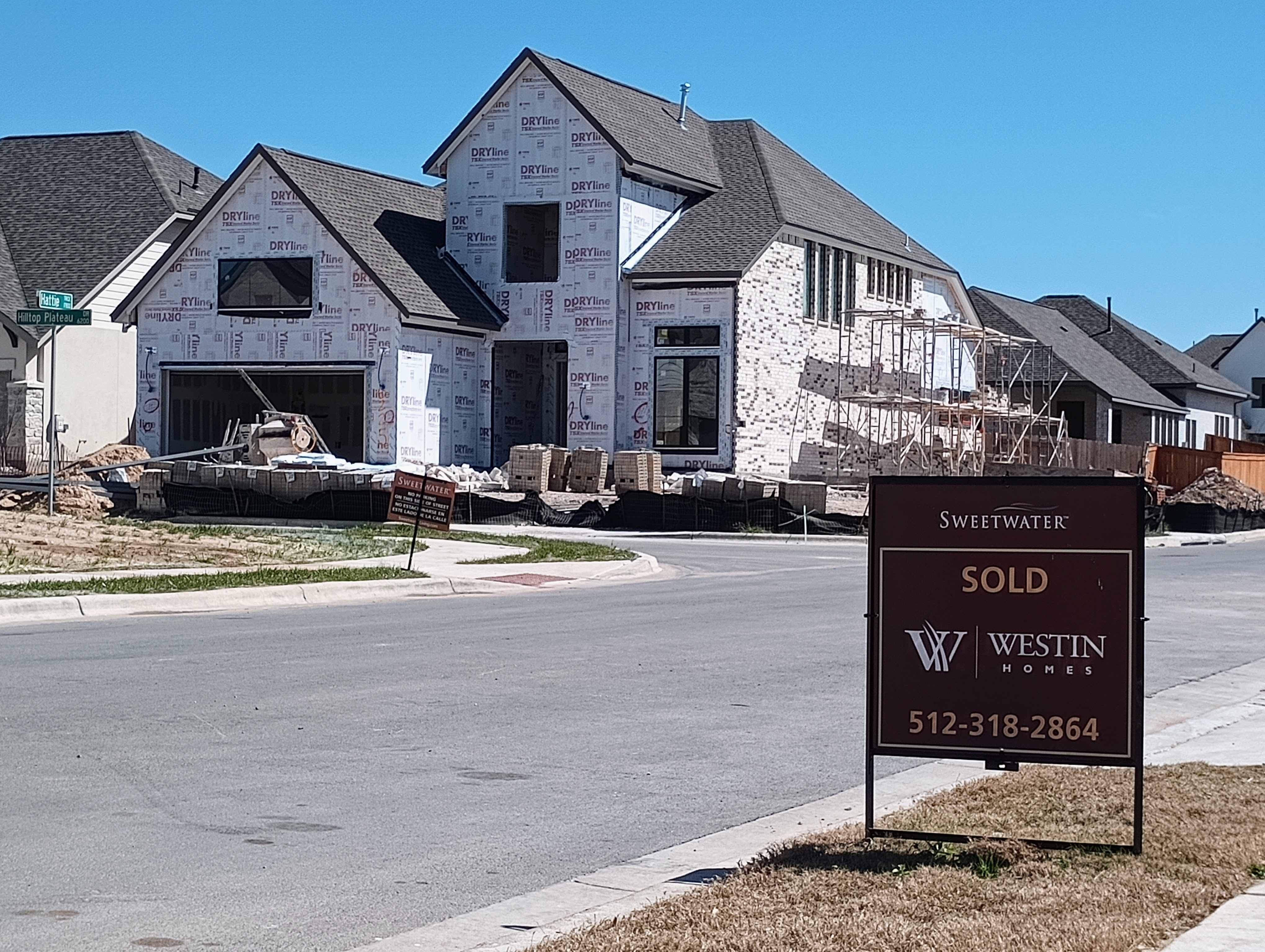Physical Address
304 North Cardinal St.
Dorchester Center, MA 02124
Physical Address
304 North Cardinal St.
Dorchester Center, MA 02124

Kevin Erdmann has a good op-ed in the Washington Post today, arguing one of the two core points that have defined his work for the past several years: Fannie and Freddie have set credit standards too high since 2007. (His other core point, that “closed access” superstar cities have made it too hard to build, is clearly correct).
Although I’ve been Erdmann’s colleague for most of this time, I’ve maintained wide priors on the question of credit standards. Many other scholars, left and right, are skeptical of the broad, century-long trend of encouraging (and subsidizing) homeownership. Whether or not Fannie & Freddie’s mortgage securitization constitutes a subsidy, it’s hard to argue that it doesn’t influence who can buy a home.

The excellent Kalamazoo Debate helped clarify things, probably because it isolates the credit issue from the supply issue.
With these facts, Kevin’s story sounds very plausible:
There are some holes in this argument. Homeownership in Kalamazoo hasn’t changed much over time. Would a temporary 2% drop really shut off the supply of new housing? But if we leave Kalamazoo aside, the national decrease was much larger and the rebound incomplete, so maybe Kevin’s right nationally, at least for post-2000 analysis.

Can Kevin and the skeptics both be right? There’s no technical contradiction between these two points, they just have opposite vibes:
(We can add: rental subsidies don’t boost construction much because they’re targeted to people who aren’t close to being able to afford new construction and/or because zoning limits the land available for multifamily construction.)
This doesn’t tell us whether subsidies are good or not. It wouldn’t exactly be a surprise if a milk subsidy made milk cheaper, right? Housing markets are weirder than milk markets, but it’s still not that weird to think that housing subsidies make housing cheaper.

Just because the subsidy / filter synthesis is possible doesn’t mean it’s true. The pre-2000 homeownership rate was stable and lower than today’s. Was that just demographics? Is Kevin’s story correct for a working-class slice of the population but less central to the major trends than he believes?
It’s in big, general-equilibrium questions like this that we really need rigorous economic modeling. The facts are available. Can a model match these moments?